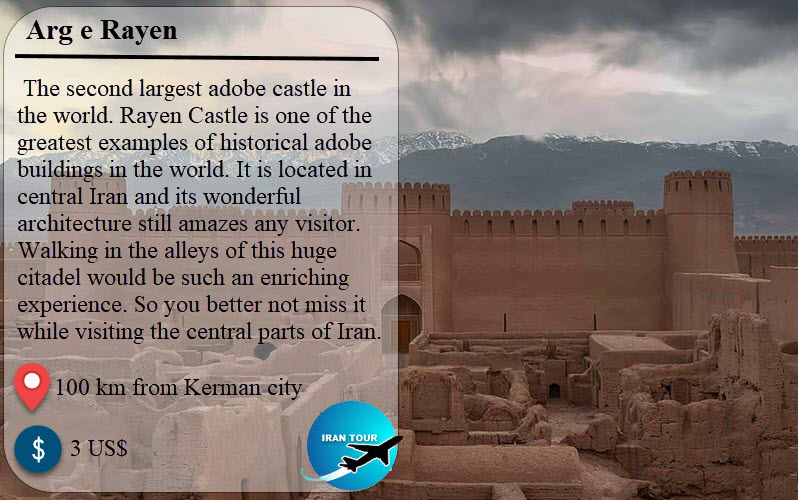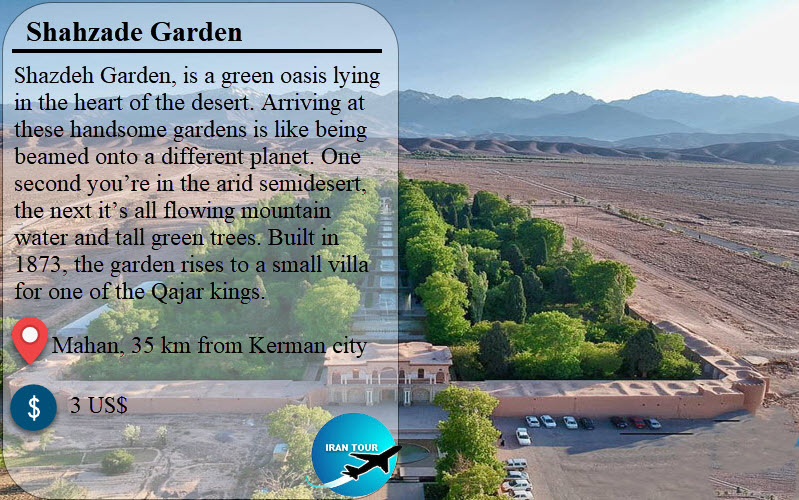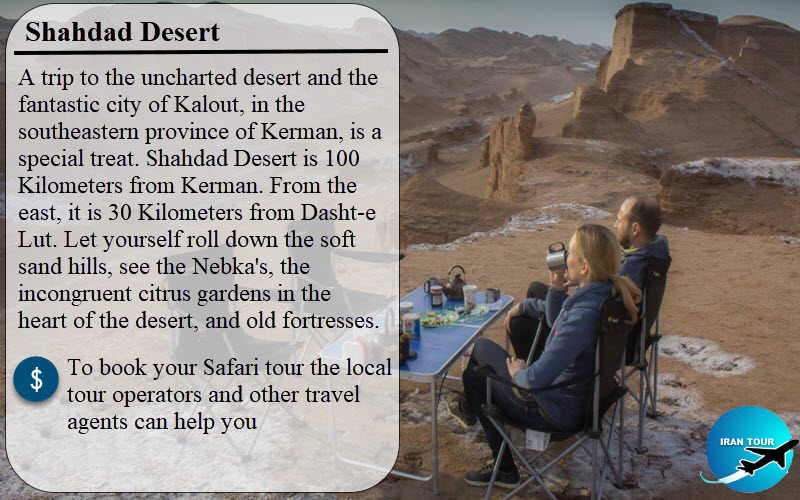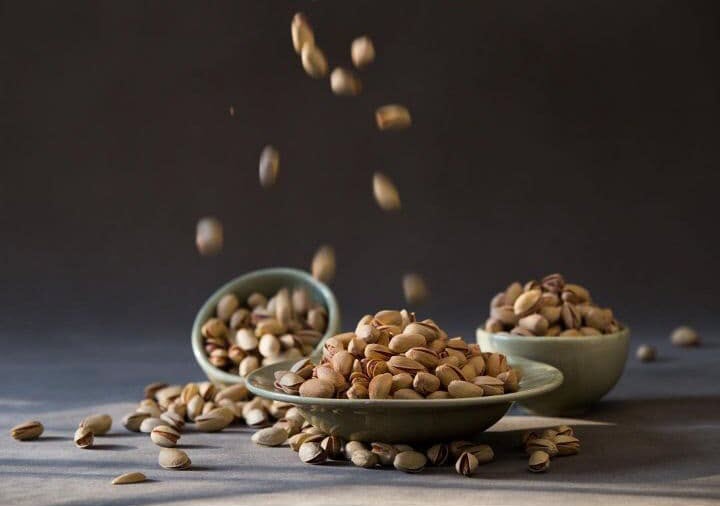Copyright 2020 - 2021 irantour.tours all right reserved
Designed by Behsazanhost
All Should Know about Kerman tourism
All Should Know about Kerman tourism
Kerman is the tenth most populated city in Iran and the fifth most important tourist city in Iran. This city is one of the most important and beautiful tourist destinations in Iran with a collection of the most beautiful historical monuments, the most eye-catching natural scenes, various and attractive local religious and social ceremonies, and a combination of amazing nature with a deep historical. Kerman is known as one of the 5 historical cities of Iran with colorful nature, ethnic diversity, and diverse traditional arts from the past as a land of diversity and beauty, and it has been mentioned in various travelogues by orientalists. When Marco Polo visited the city in the 13th century, Kerman was a major trading center linking the Persian Gulf to Khorasan and Central Asia.
 |
This province is the most extensive province of Iran with five historical monuments that have entered the UNESCO world heritage and is therefore considered one of the most important tourist destinations in the southeast of the country.
 |
Kerman, known as the city of gracious in the history, literature, and epic of Iran, has long been the subject of many historians, writers, and passengers. Due to being on the transit route, the city has provided a good platform for attracting passengers. Kerman is considered a desert city in Iran. (Shahdad Desert) of the Kerman city, with its beautiful plains and wavy mound, attracts a lot of passengers to experience wilderness tourism. Obviously, the starry nights of the desert can not be neglected. People interested in the stars take their eyes to the sky to watch the bright space in the sky. Kerman is the largest province in southeast Iran. The city has about 7000 historical attractions, which of 700 are listed on the national monuments list. Historic attractions have made this city one of the historic tourism cities.
This is a list of top tourist attractions in the province that can be a good guide to travel to this desert area.
 |
1. Ganjali Khan Complex
The Ganjali Khan complex of Kerman was created by Ganjalikhan, a ruler in the era of Shah Abbas. This building consists of (Bath, market, mint, water storage, lodging house, school, and courtyard of Ganjali Khan) and goes back to the Safavid era. The design of the Ganjali Khan square is a rectangular shape and brings together a set of elements of the city. Traditional Iranian markets have spectacular architecture, so the Ganjali Khan market is very attractive. The bath of this complex has now become an anthropology museum in Kerman. Besides visiting the museum, the beauty of the building is also very impressive and admirable. The Mint of Ganjali Khan, which collects a set of old coins, has now become a museum of coins and attracts enthusiasts. Other sections of this collection include the water warehouse, school, lodging house, and courtyard of Ganjali Khan which can be visited. You can also visit the old center of Kerman to access the Ganjali Kan complex.
 |
2. Vakil Bath
The Vakil bath of the Kerman, influenced by the Zand-Qajar architecture, is a magnificent building and has now become a traditional tea shop, and tourists are served there with Falvdh, tea, and a variety of traditional drinks. In the hothouse section, preparing and ordering local foods is recommended.
 |
3. Jabalieh Dome
The Jabali e dome is the only stone building that remained from the Sasanian era. This dome is located in the east of Kerman city and near Pardisan park. Inside this collection is the Kerman stone museum and you can visit the museum.
 |
4. Arg e Bam
The Arg e Bam is the largest brick building in the world, and its large part was destroyed in the 2003 earthquake. This building is under reconstruction and it Is recommended to visit its beauty and majesty.
 |
5. Shazdeh Garden
The Shazdeh Garden, which is called Shazdeh in the local language of Kerman, is located two kilometers from Mahan city. This garden belongs to the Qajar era and is one of 9 Iranian gardens registered by UNESCO. The garden information is translated into 35 languages and is on the tourism map of this organization
 |
6. Brian Wheat
East of Shour River in Shahdad city, Brian Wheat region, is the warmest point on the earth and one of the most amazing attractions in the world. The whole surface of Brian Wheat or (Bereshteh Wheat) is covered with volcanic rocks and lava. The blackness of the earth's surface and the strange shape of the rocks causes more sunlight absorption and increasing temperature, This point in Kerman are known as the Moon of Earth, and in winter and early spring. it is converted into a unique paradise, and interested tourists visit it without concerns about heat exhaustion.
 |
Kerman Souvenir
Kerman is one of the cities with many souvenirs. From local sweets and bread to organic and natural crops, such as herbal medicines and pistachios, and various types of handicrafts such as embroidered Pate and carpet. In this article, we will become more familiar with some of the souvenirs in this province Kolompeh, Komach Sahan. Qottab, Qavot, Caraway, Pistachio, Date palm,
 |
Handicrafts
1- Embroidered
Pate Pate Kerman has a brilliant background and foreign travelers who traveled to Iran during the Safavid era have described Pate Kerman well in their travels. The oldest example of Kerman historical Pates was used as a veneer on the grave of Shah Nimatullah Wali in Mahan Kerman and its color is cream. In Embroidered Pate, the fabric cloth of work is thick and wool, which is called width (The type of Handmade cloth) and its woven yarn is colored and woolly with various thicknesses, which they refer to as Reyes. The designs used in Embroidered Pate are ancient Persian designs and artisticmenta designs.
2- Carpet
Kerman is one of the important centers of carpet weaving in the country. which the motifs of the ancient carpet weaving date back to the Safavid era, A piece of woven carpets in Kerman is kept at the Astan Quds Razavi Central Museum, which estimates its texture for more than 500 years. The Safavid era was the flowering era of the Kerman carpet. Today, Kerman carpets are causes beautiful the world museums The reputation of Kerman carpets is related to their designs and colors.
3. Dishes and decorative objects of copper
The construction of dishes and decorative objects of copper is common in many cities of Iran and is considered a souvenir of that city. Kermani handicraft artists also produce these copper dishes with great accuracy that you can buy as a lasting souvenir. Other handicrafts of Kerman can be mentioned as weaving saddlebags, embroidered Gebar, and weaving width.
- Details
- Category: Kerman Tourism